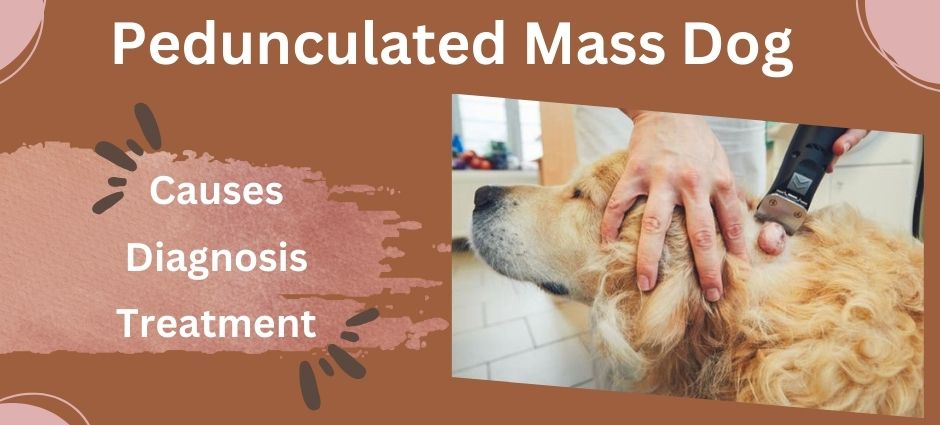As dog lovers, it’s natural to be concerned when we notice any unusual growths on our pup friends. One such growth is a pedunculated mass. But what exactly is a pedunculated mass dog, and how should it be addressed?
This blog will explore everything you need to know about this condition, from its causes and diagnosis to treatment options.
So, let’s take a plunge into it.
What is a Pedunculated Mass Dog?
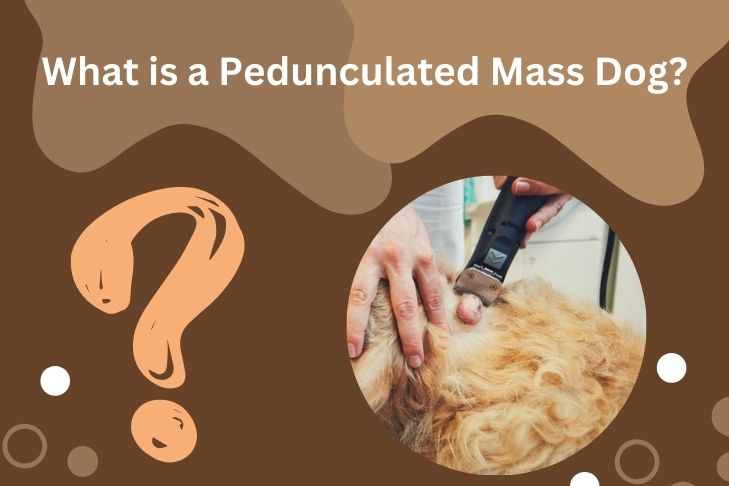
A pedunculated mass in dogs refers to a growth that is attached to the skin or an organ by a stalk-like structure called a peduncle. These masses can vary in size, shape, and texture, and they may be benign (non-cancerous) or malignant (cancerous).
Common types of pedunculated masses include skin tags, papillomas, and certain types of tumors in furry little dogs.
Note: Other than tumors, you can find chemosis in dogs, which is harmful.
4 Main Causes of Pedunculated Masses in Dogs
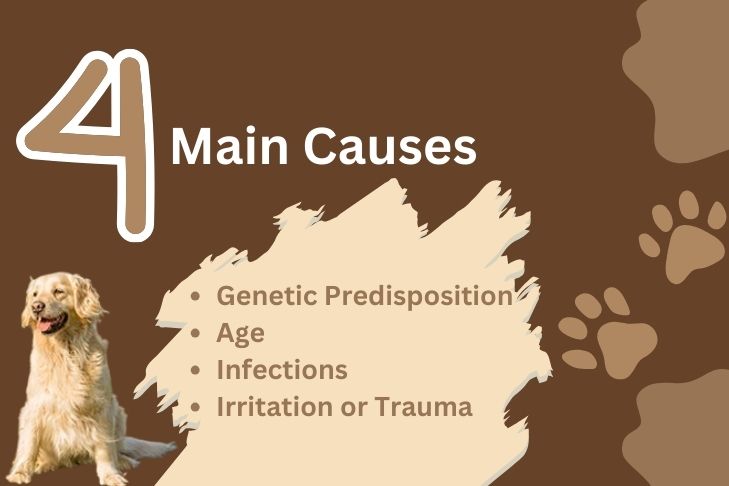
Pedunculated masses can develop due to a variety of reasons. Some of the common causes include:
Genetic Predisposition:
Certain dog breeds big white are more prone to developing skin masses, including pedunculated ones. Breeds such as Boxers, Bulldogs, and Poodles often have a higher incidence of these growths.
Age:
As dogs age, their likelihood of developing masses increases. This is partly due to the natural changes in their skin and immune system over time.
Infections:
Viral infections, such as canine papillomavirus, can lead to the development of warts or papillomas, which can present as pedunculated masses.
Irritation or Trauma:
Chronic irritation or trauma to a specific area of the skin can lead to the formation of growths, including pedunculated masses.
Diagnosis of Pedunculated Mass in Dogs
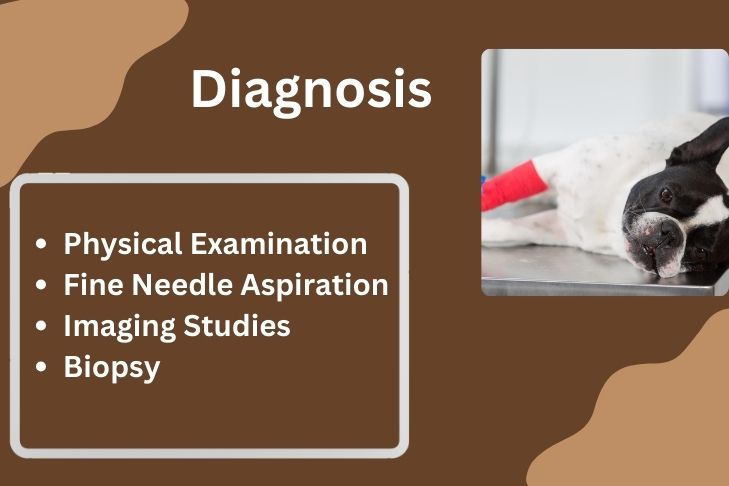
If you notice a pedunculated mass on your dog, it’s essential to have it evaluated by a veterinarian. The diagnostic process typically includes:
- Physical Examination: The vet will perform a thorough physical examination of the mass, noting its size, shape, color, and location.
- Fine Needle Aspiration (FNA): This involves using a thin needle to extract cells from the mass for microscopic examination. FNA can help determine if the mass is benign or malignant.
- Biopsy: A biopsy seems like the ultimate solution in some cases. This involves removing a small piece of the mass or the entire mass for histopathological examination to provide a definitive diagnosis.
- Imaging Studies: X-rays, ultrasounds, or MRI scans may be used to assess the extent of the mass and its impact on surrounding tissues.
Treatment Options for Pedunculated Mass Dog
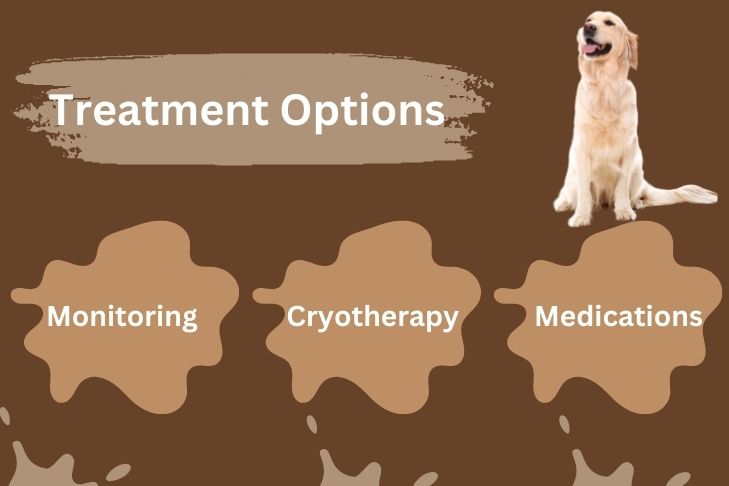
The treatment for pedunculated mass in dogs depends on several factors, including their type, the size of your canine, and the condition of the mass, whether it’s benign or cancerous.
However, some common treatment approaches are as follows:
- Monitoring: If the mass is small, benign, and not causing discomfort, the vet may recommend regular monitoring to ensure it doesn’t change or grow.
- Surgical Removal: Surgical excision is often the preferred treatment for pedunculated masses, especially if they are large, growing, or causing discomfort. The mass and its stalk are carefully removed, and the tissue may be sent for further analysis.
- Cryotherapy: Cryotherapy (freezing the mass) can be an effective treatment for smaller, benign masses. This method is less invasive and typically has a quick recovery time.
- Medications: Medications such as antibiotics or anti-inflammatories may be prescribed if the mass is due to an infection or inflammation.
- Radiation or Chemotherapy: For malignant masses, additional treatments such as radiation or chemotherapy may be necessary to prevent recurrence and manage any spread of cancer.
How to Prevent Pedunculated Mass Dog?
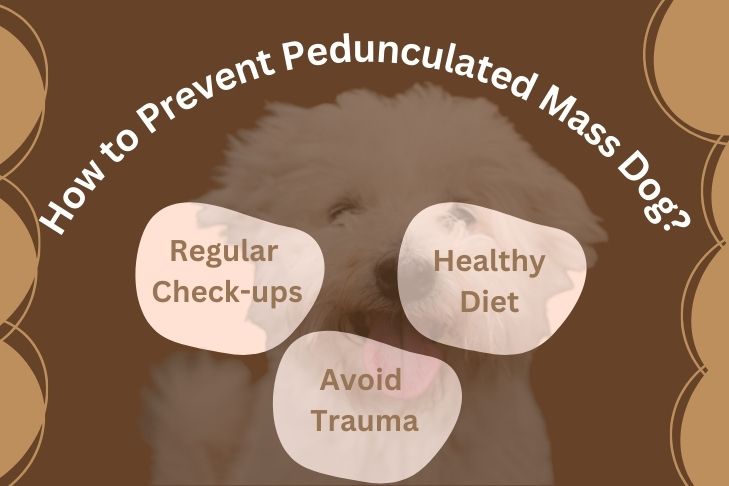
While not all pedunculated masses can be prevented, there are steps you can take to reduce your dog’s risk:
- Regular Check-ups: Routine veterinary check-ups can help detect any masses early, increasing the chances of successful treatment.
- Healthy Diet: Feeding your dog a balanced diet supports overall health and can boost the immune system, potentially reducing the risk of certain growths.
- Proper Hygiene: Keeping your chunky dog clean and well-groomed can help prevent skin irritations and infections that might lead to mass formation.
- Avoid Trauma: Protecting your dog from unnecessary trauma and irritants can reduce the risk of developing pedunculated masses.
When to See a Vet
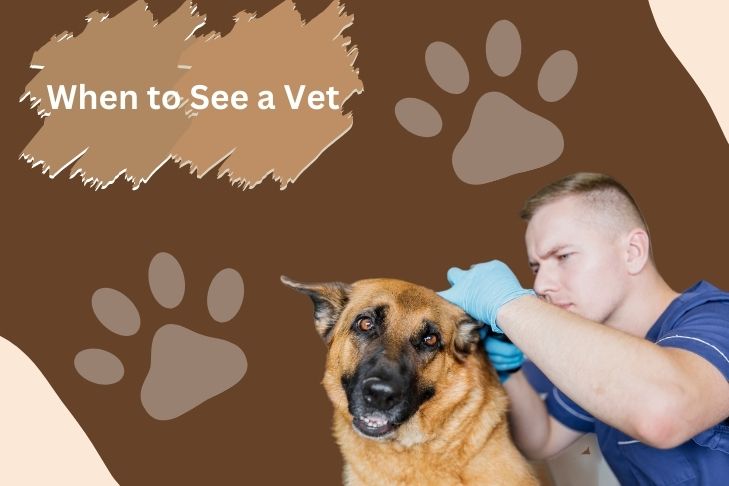
If you notice any new growths on your dog, it’s crucial to consult your veterinarian promptly. Signs that warrant immediate attention include:
- The rapid growth of the mass
- Changes in color or texture
- Bleeding or discharge from the mass
- Pain or discomfort spotted in pup
Conclusion
A pedunculated mass dog can be a cause for concern, but with prompt diagnosis and appropriate treatment, many dogs can recover well.
Regular monitoring and veterinary care are essential to ensuring the health and well-being of your giant fluffy dog. If you notice any unusual growths on your dog, don’t hesitate to seek professional advice.



